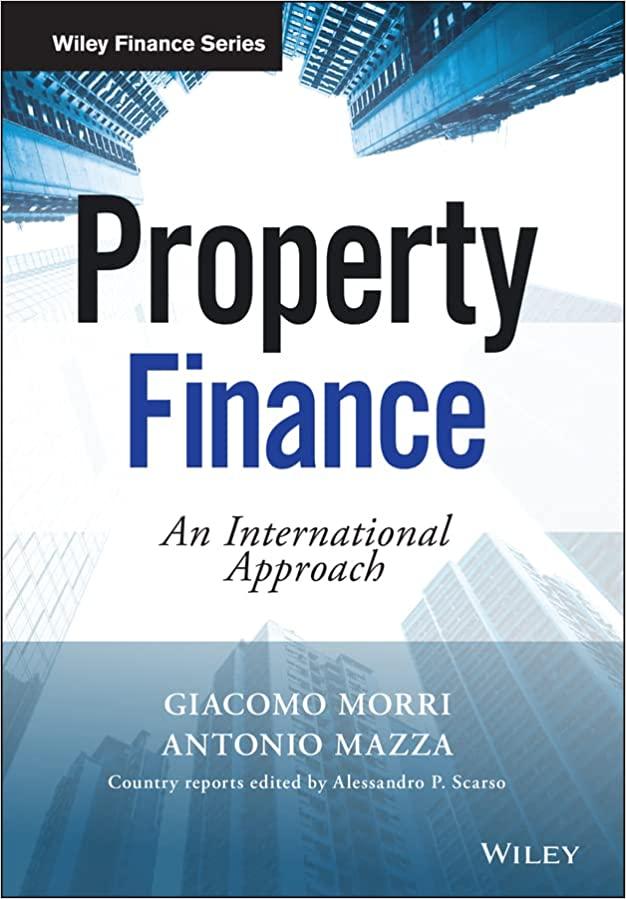Question
Analyzing and Interpreting Pension Disclosures Assume General Mills reports the following pension footnote in its 10-K report. Defined Benefit Pension Plan ($ millions) 2010 2009
Analyzing and Interpreting Pension Disclosures Assume General Mills reports the following pension footnote in its 10-K report.
| Defined Benefit Pension Plan ($ millions) | 2010 | 2009 |
|---|---|---|
| Change in Plan Assets | ||
| Fair value at beginning of year | $ 4,097.8 | $ 3,620.3 |
| Actual return on assets | 181.1 | 625.9 |
| Employer contributions | 14.2 | 10.6 |
| Plan participant contributions | 3.6 | 2.8 |
| Divestitures/acquisitions | -- | 2.4 |
| Benefit payments | (182.0) | (164.2) |
| Fair value at end of year | $ 4,114.7 | $ 4,097.8 |
| Change in Projected Benefit Obligation | ||
| Benefit obligation at beginning of year | $ 3,257.5 | $ 2,916.4 |
| Service cost | 80.1 | 73.1 |
| Interest cost | 176.7 | 185.6 |
| Plan amendment | 1.9 | 0.2 |
| Curtailment/other | (0.6) | (0.4) |
| Plan participant contributions | 3.6 | 2.8 |
| Actuarial loss (gain) | (147.1) | 244.0 |
| Benefits payments | (182.0) | (164.2) |
| Projected benefit obligation at end of year | $ 3,190.1 | $ 3,257.5 |
Estimated benefit payments, which reflect expected future service, as appropriate, are expected to be paid from fiscal 2011-2020 as follows:
| (in millions) | Defined Benefit Pension Plans |
|---|---|
| 2011 | $ 176.3 |
| 2012 | 182.5 |
| 2013 | 189.8 |
| 2014 | 197.5 |
| 2015 | 206.6 |
| 2016-2020 | $ 1,187.3 |
(a) Which of the statements below best describes what is meant by service cost and interest cost?
Service cost represents the additional pension benefits earned by employees during the current year but paid to employees in the future. Interest cost is the expense we incur on funds borrowed by the pension plan.
Service cost represents the wages earned by employees managing the pension plan during the current year. Interest cost is an expense that accrues on the pension obligation during the year.
Service cost represents the wages earned by employees managing the pension plan during the current year. Interest cost is the expense we incur on funds borrowed by the pension plan.
Service cost represents the additional pension benefits earned by employees during the current year but paid to employees in the future. Interest cost is an expense that accrues on the pension obligation during the year.
(b) What is the total amount paid to retirees during fiscal 2010? Answer($ million) What is the source of funds to make these payments to retirees?
pension obligations
pension assets
pension liabilities
operating cash flows
(c) Compute the 2010 funded status for the company's pension plan. Answer($ million) (d) Which of the following statements best describes what are the plan amendment adjustments, and how they differ from actuarial gains and losses?
Actuarial gains and losses represent charges that the pension plan incurs from actuaries that it hires to perform various estimates while amendment adjustments are changes to the liability arising from amendments to the plan itself.
Actuarial gains (losses) are decreases (increases) to the PBO resulting from changes in the assumptions used to estimate the pension or health care liability, while amendment adjustments are adjustments made in accounting for the plan as a result of those estimates.
Actuarial gains and losses represent charges that the pension plan incurs from actuaries that it hires to perform various estimates, while amendment adjustments are adjustments made in accounting for the plan as a result of those estimates.
Actuarial gains (losses) are decreases (increases) to the PBO resulting from changes in the assumptions used to estimate the pension or health care liability, while amendment adjustments are changes to the liability arising from amendments to the plan itself.
(e) General Mills projects payments to retirees of over $175 million per year. Which of the following statements best describes how it is able to contribute only $14.2 million to its pension plan?
Federal law does not require companies to fund pension plans. Any contributions that General Mills makes are purely voluntary.
The funding for payments to retirees comes from pension assets. General Mills' plans are overfunded and investment returns currently provide the cash inflow.
Contributions to pension plans are made mostly by employees. Any contributions that General Mills makes are purely voluntary.
The funding for payments to retirees comes from the pension assets. General Mills, therefore, does not need to contribute its own funds to the pension plan.
(f) Which of the following statements best describes the effect from a substantial decline in the financial markets on General Mills' contribution to its pension plans?
General Mills' pension plans are not affected by fluctuations in the general financial markets. There would be no effect on General Mills.
General Mills' contributions to its pension plans are purely voluntary. Fluctuations in the general financial markets would, therefore, have no effect.
Should pension investments decline as a result of a decline in the financial markets, General Mills might be required to increase its cash contribution to the pension plan.
Any shortfall in contributions is covered by contributions from the Federal Government under its various pension benefit guarantee programs. Fluctuations in the general financial markets would, therefore, have no effect.
Step by Step Solution
There are 3 Steps involved in it
Step: 1

Get Instant Access to Expert-Tailored Solutions
See step-by-step solutions with expert insights and AI powered tools for academic success
Step: 2

Step: 3

Ace Your Homework with AI
Get the answers you need in no time with our AI-driven, step-by-step assistance
Get Started


